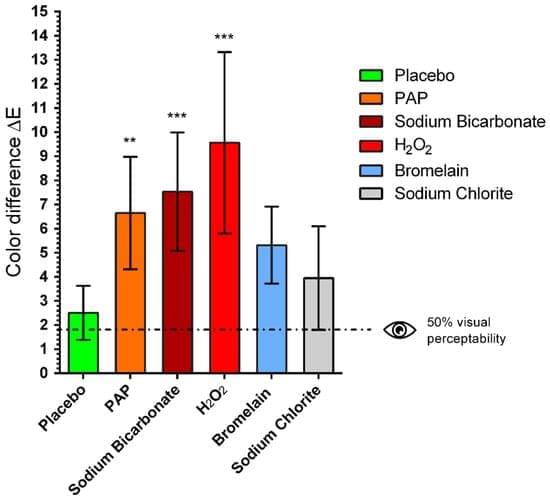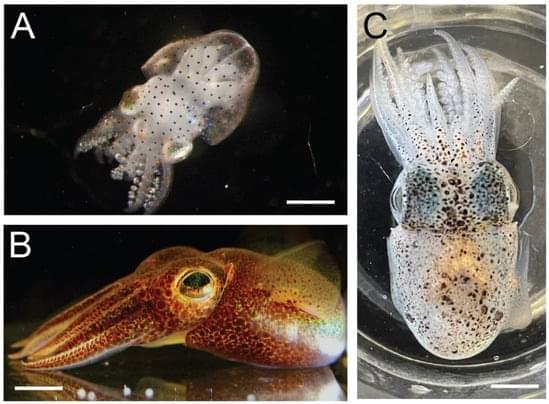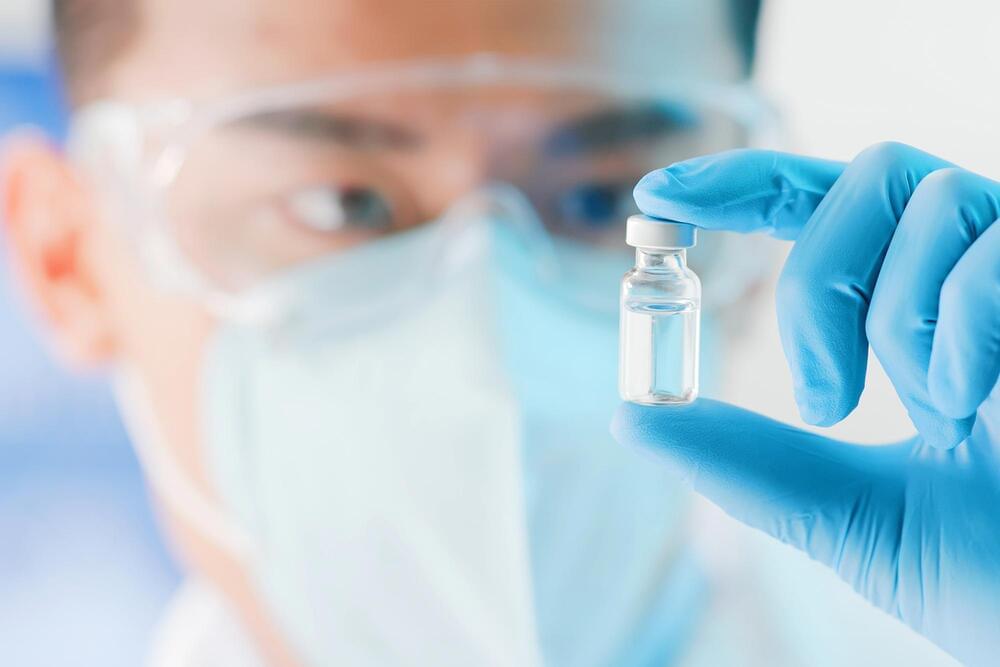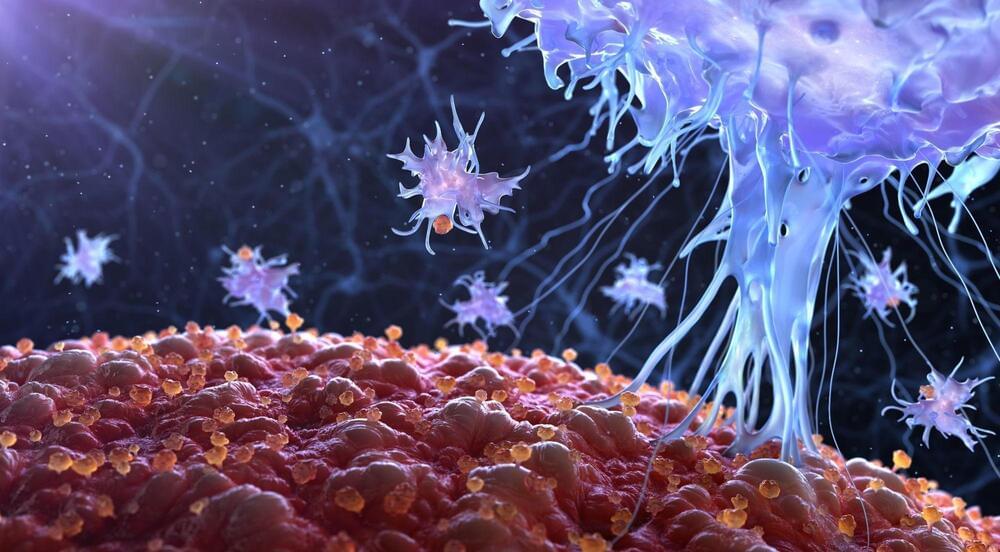📚 🧑🏻🔬 By Dr. Lena Katharina Müller-Heupt et al.
MDPI university of nebraska medical center — UNMC.
This study investigated the whitening effect, cytotoxicity and enamel surface alterations induced by different over-the-counter (OTC) bleaching agents in comparison to hydrogen peroxide. Human teeth (n = 60) were randomly assigned into 6 groups (n = 10), stained with coffee solution for 7 d, followed by a whitening period of 7 d with either placebo, bromelain, sodium bicarbonate, sodium chlorite, PAP or hydrogen peroxide. Color measurements were performed with a spectrophotometer. Scanning electron micrographs (SEM) were taken to assess the enamel structure. Cytotoxicity of the tested substances was assessed based on the cell viability of primary human fibroblasts. The application of all whitening gels resulted in a greater color difference of the enamel (ΔE) in comparison to the negative control. Hydrogen peroxide caused the greatest color difference.








